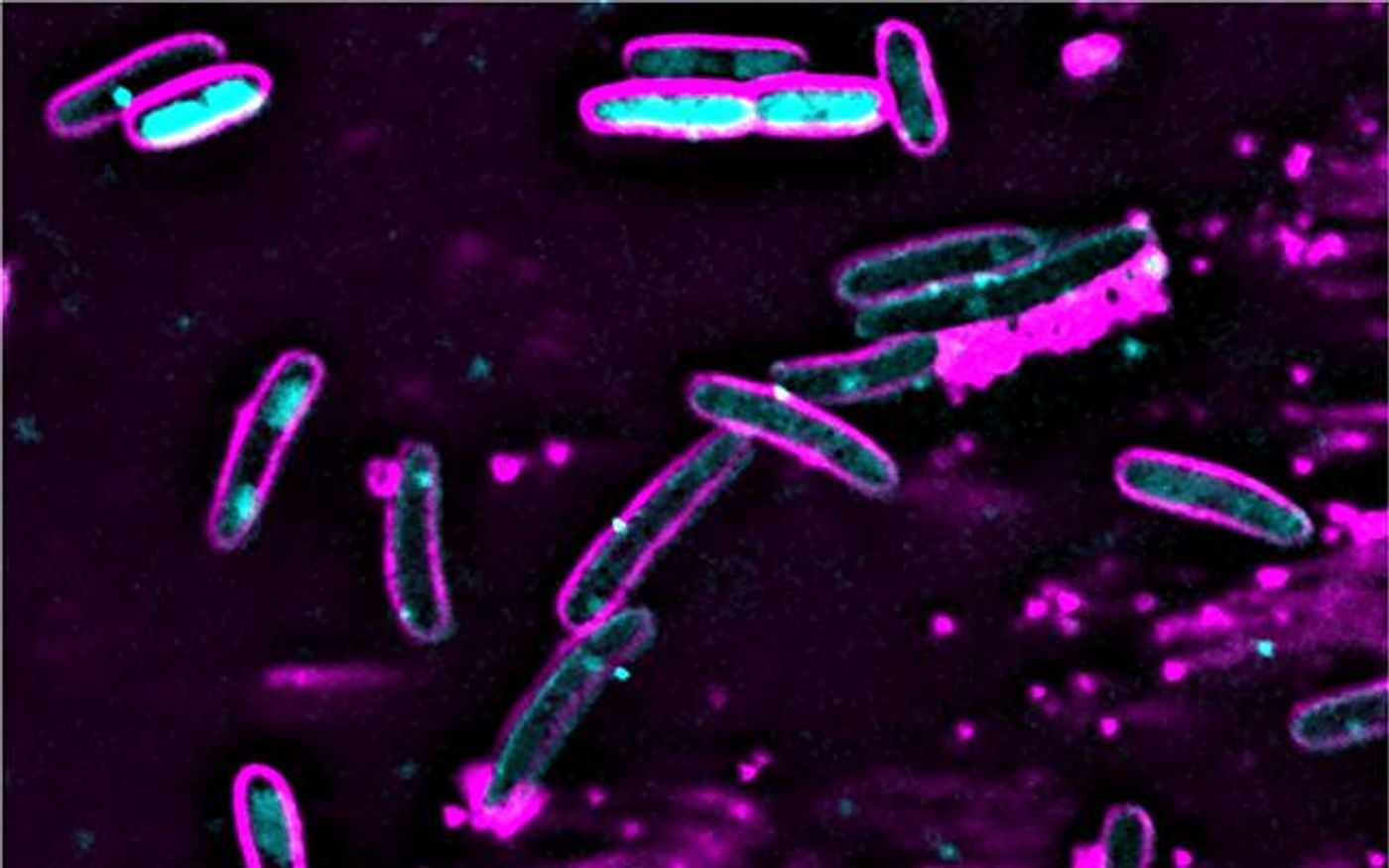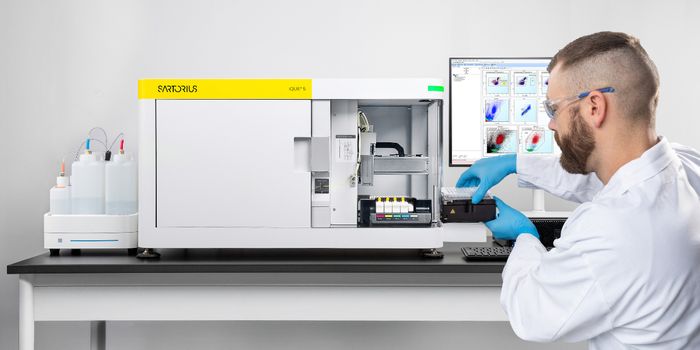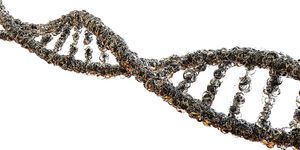To Save Others, Bacteria Can Self-Destruct When Infected by a Virus
Scientists were studying viruses that infect and kill bacteria, called bacteriophages or phages as a therapeutic for bacterial infections over a hundred years ago. Antibiotics came along, however, and we no longer needed these viruses. Now that antibiotics are becoming less effective, researchers want to know more about phages, and how they can be used to treat bacterial infections that are antibiotic-resistant. Scientists have now identified an immune mechanism that shields bacteria from phages, and works by initiating a self-destruct mode in bacteria, thereby preventing the infection from spreading to other cells. The findings, which have implications for the use of phages as a treatment, have been reported in Molecular Cell.
"Abortive infection is an old concept, but it's still controversial -- a bacterial cell essentially takes one for the team, killing itself rather than being used to produce more phages," said the senior study author Kevin Corbett, Ph.D., associate professor of cellular and molecular medicine at the University of California San Diego School of Medicine.
"It's been debated whether or not it's logical, from an evolutionary standpoint, for single-celled organisms to do this. But if we think of bacteria as a cooperative community, a biofilm, rather than as individual cells, it makes sense."
Corbett's lab used to study a cell division process called meiosis. A protein family called HORMA became a focus of their research, and in 2015, bioinformatics data from the National Institutes of Health suggested that bacteria make these proteins.
"I'm a basic scientist, and I'm particularly interested in evolutionary connections between proteins and pathways that you would never expect to be related," said Corbett. "So I wondered, what could these proteins be doing in bacteria?"
This newly identified bacterial immune system, called CBASS, can be found in about ten percent of bacteria out of the roughly 75,000 with genomes that have been sequenced, said Corbett. His team engineered a lab strain of phage-sensitive Escherichia coli to carry CBASS. "We were thrilled to find that CBASS provided nearly absolute immunity to phages," Corbett noted.
The researchers also learned more about the molecular characteristics of the proteins that function in CBASS; the HORMA proteins sense infection and trigger another protein to send a message. This message activates an enzyme that destroys the bacterial genome, which kills the cell and stops the phage from reproducing.
This work may help scientists create phage therapies that are impervious to CBASS, and more effective at stopping bacterial infections. The video above tells the story of a man that was saved by phages from a drug-resistant infection.
"On the other hand, if we can find a way to activate this system with a drug, we might be able to get CBASS-containing bacteria to kill themselves," he said. "Doing something like that really requires that we have a clear understanding of the detailed mechanisms at play.
"We've studied just one of more than 6,000 distinct CBASS systems, each of which encodes a different set of infection sensors, signaling proteins and effector proteins like the nuclease in our system. Understanding how these different sets of parts work together, and how bacteria have mixed and matched them as they've evolved, will give us a more complete picture of how it all works, and how we might best intervene."
Sources: AAAS/Eurekalert! via University of California - San Diego, Molecular Cell










